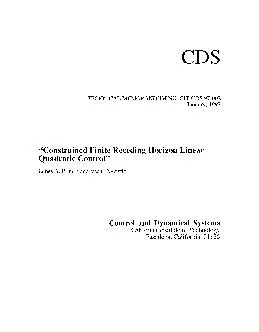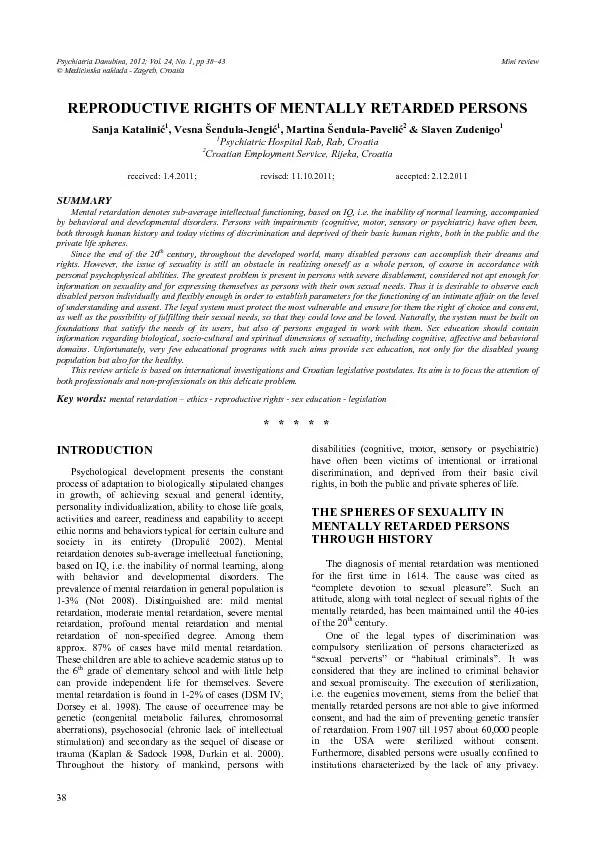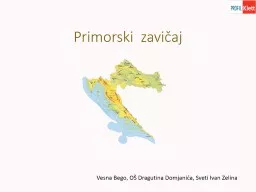PPT-Vesna Stojanovik¹,
Author : celsa-spraggs | Published Date : 2019-11-19
Vesna Stojanovik¹ with Emily Seager 1 and Courtenay Norbury² ¹ University of Reading ²University College London 1 Early Intervention for Infants with Down Syndrome
Presentation Embed Code
Download Presentation
Download Presentation The PPT/PDF document "Vesna Stojanovik¹," is the property of its rightful owner. Permission is granted to download and print the materials on this website for personal, non-commercial use only, and to display it on your personal computer provided you do not modify the materials and that you retain all copyright notices contained in the materials. By downloading content from our website, you accept the terms of this agreement.
Vesna Stojanovik¹,: Transcript
Download Rules Of Document
"Vesna Stojanovik¹,"The content belongs to its owner. You may download and print it for personal use, without modification, and keep all copyright notices. By downloading, you agree to these terms.
Related Documents






